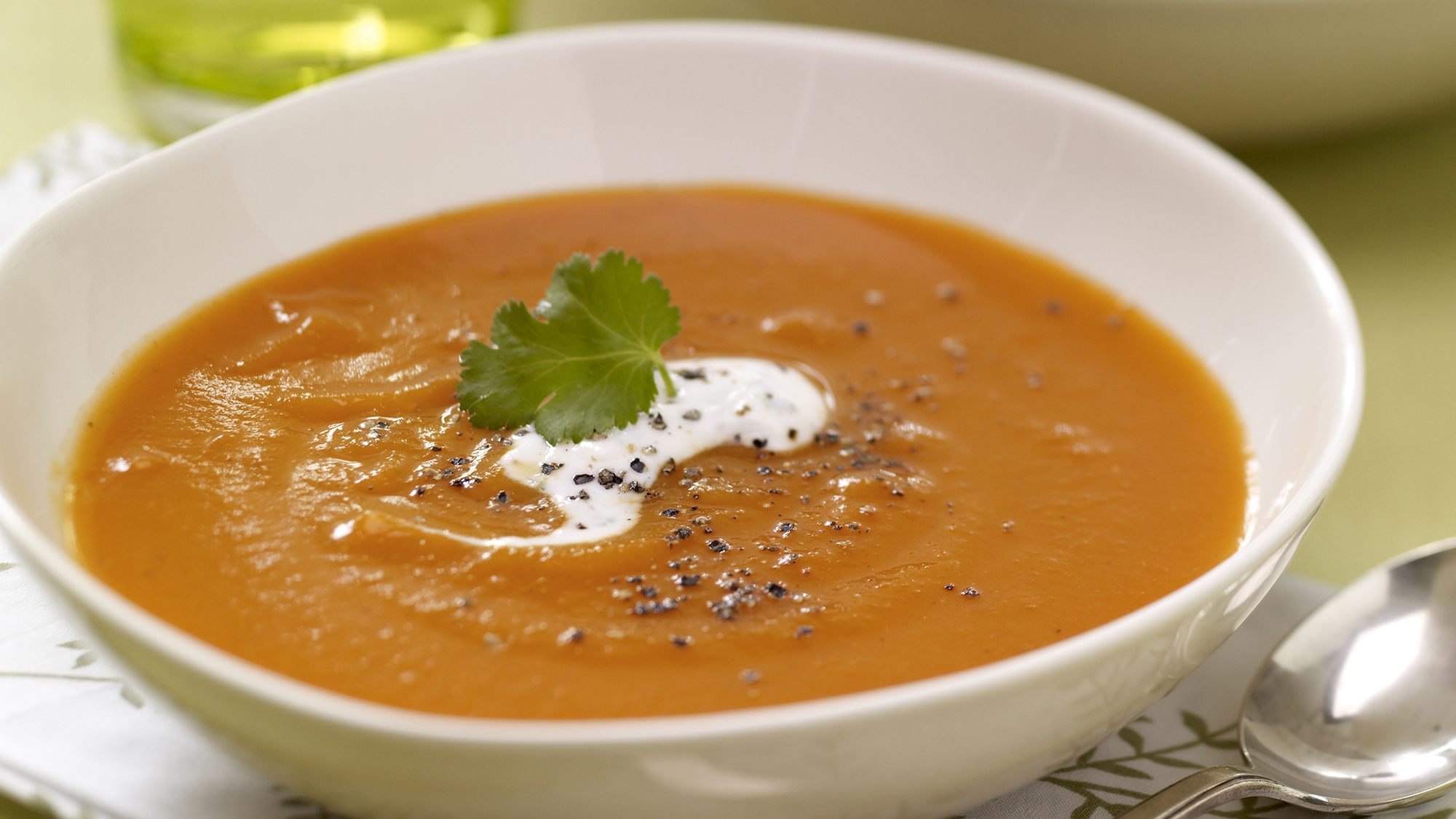Cutting onions can be a huge pain. Their round shape makes them susceptible to moving around on the cutting board; the strong, sharp smell reliably makes your eyes water. While we don’t have a foolproof hack to prevent the crying, we do know the absolute best way to cut an onion (and no, it doesn’t involve a Slap Chopper). In this video, Food & Wine’s Associate Food Editor Kelsey Youngman guides viewers step-by-step through three basic onion preparations—dice, sauté slice, and salad slice. Her methods are safe and simple, and also provide uniform results, which ensures even cooking.
Dice
Great for: soups and stews, sofrito or mirepoix, and sauces.
Start by stabilizing the onion on the board. Then take your knife and pinch it at the end before the hilt, and use your other hand to stabilize as you slice the onion in half. Don’t cut it horizontally in half, but rather, from top to bottom, so the root stays intact. Trim off part of the flowering stem on one end and remove the strands from the root on the other.
Next, remove the papers and put the onion near the end of the board. Make horizontal slices first, almost to the root but not quite, and then cut across. Once those scores are made and you cut across the top of the onion, you’ll end up with even diced pieces.
Sauté slice
Great for: caramelizing, pickling, and French onion soup.
Use this cut when a recipe calls for thinly sliced onions. You start off the same way as the dice, by cutting the onion in half. However, in this case, you want to remove the entire root. Then use the lines on the onion as a guide and slice along them with your knife, letting it rock on the board so it does the work for you.
Salad slice
Great for: salads, sandwiches, eating raw.
Kelsey says the salad slice, also known as the half moon cut, is great for eating raw because it cuts against the grain of the onion, making it easier to break down in your mouth. Like the sauté slice, you want to cut off the root entirely; unlike the sauté slice, you want to ignore the guiding lines on the onions and slice the opposite way, creating thin half moons.
This article was written by Bridget Hallinan from Food & Wine and was legally licensed through the NewsCred publisher network. Please direct all licensing questions to legal@newscred.com.








